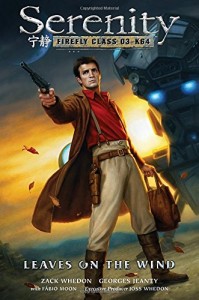 Until a credit card error combined with an email filing error caused me to miss several issues in a row (and I was already months behind on actually reading them even then), I collected Buffy and Angel comics set after those shows had ended. In addition to those, a handful of Firefly comics were released, but these were not of the full-sized sequel variety the others had been. A three issue follow-up story with only one spoiler of any consequence, and a second batch about which I, perhaps tragically, remember nothing (but it was past stories instead of future), and then by the time the third set happened, I had already had the card failure of which I speak, I guess?
Until a credit card error combined with an email filing error caused me to miss several issues in a row (and I was already months behind on actually reading them even then), I collected Buffy and Angel comics set after those shows had ended. In addition to those, a handful of Firefly comics were released, but these were not of the full-sized sequel variety the others had been. A three issue follow-up story with only one spoiler of any consequence, and a second batch about which I, perhaps tragically, remember nothing (but it was past stories instead of future), and then by the time the third set happened, I had already had the card failure of which I speak, I guess?
Leaves on the Wind is not only the fourth collection; it is also, finally, a full-fledged continuation of the story with (I believe) more to come. In addition to the fruits of that spoiler I mentioned, mostly this one is about the fallout of the big revelations broadcast by Malcolm Reynolds about the Reavers and how they relate to the Alliance; you know, the ground covered in the movie. There are people who don’t believe a word of it, people ready to start a whole new revolution, people looking for all kinds of bloody revenge. You know, the usual.
Definitely worth reading, but read Those Left Behind first.
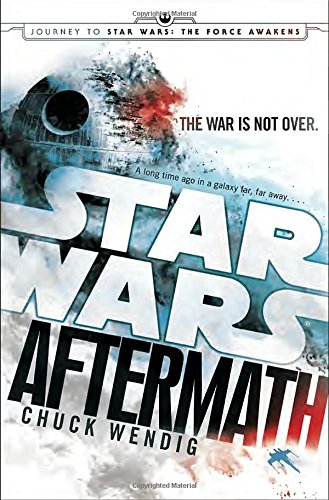 So, the one good thing about a new Star Wars timeline is I’m only one book behind now, right? Haha nope, there are already like six books, plus seasons upon seasons of animated television I never got around to watching. Oops.
So, the one good thing about a new Star Wars timeline is I’m only one book behind now, right? Haha nope, there are already like six books, plus seasons upon seasons of animated television I never got around to watching. Oops.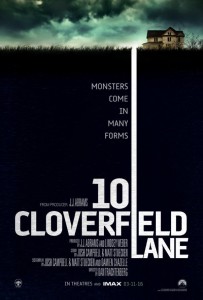 Friday was movie day, as occasionally comes around. And unexpectedly,
Friday was movie day, as occasionally comes around. And unexpectedly, 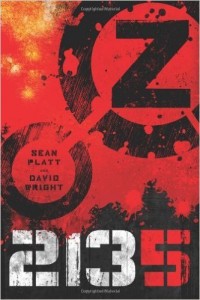 Once again, my review material comes from the author’s afterword. This time, apparently, the authors of
Once again, my review material comes from the author’s afterword. This time, apparently, the authors of 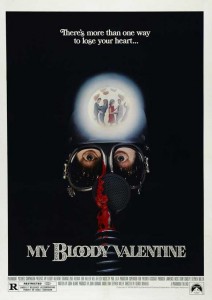 After I got off work on Valentine’s Day, we went out to the Alamo for a third time to see
After I got off work on Valentine’s Day, we went out to the Alamo for a third time to see 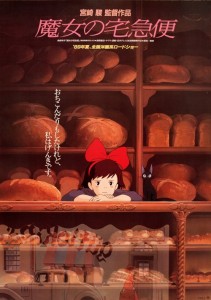 The second outing of the weekend was to catch the one Miyazaki movie playing this month at the Alamo Drafthouse that I both had not seen and could fit in my schedule[1]. Hence,
The second outing of the weekend was to catch the one Miyazaki movie playing this month at the Alamo Drafthouse that I both had not seen and could fit in my schedule[1]. Hence, 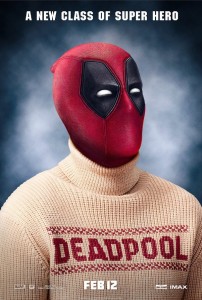 Full disclosure: I am still years away from reading anything about Deadpool, and what I know about him could fit on someone’s palm as their cheat notes. He’s super violent, aware that he’s a character (or some other form of fourth-wall-breaking thing if not that), and he thinks he’s hilarious. I don’t even know if he’s actually hilarious, although
Full disclosure: I am still years away from reading anything about Deadpool, and what I know about him could fit on someone’s palm as their cheat notes. He’s super violent, aware that he’s a character (or some other form of fourth-wall-breaking thing if not that), and he thinks he’s hilarious. I don’t even know if he’s actually hilarious, although 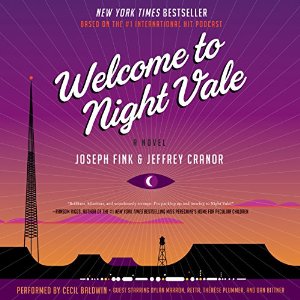 In a first for me, I listened to an audiobook that I had not previously consumed with my eyes. I don’t expect to repeat the experience, but
In a first for me, I listened to an audiobook that I had not previously consumed with my eyes. I don’t expect to repeat the experience, but 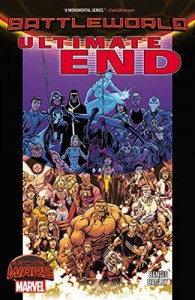 Well, I am straight up disappointed by the
Well, I am straight up disappointed by the  A quote from my review of
A quote from my review of